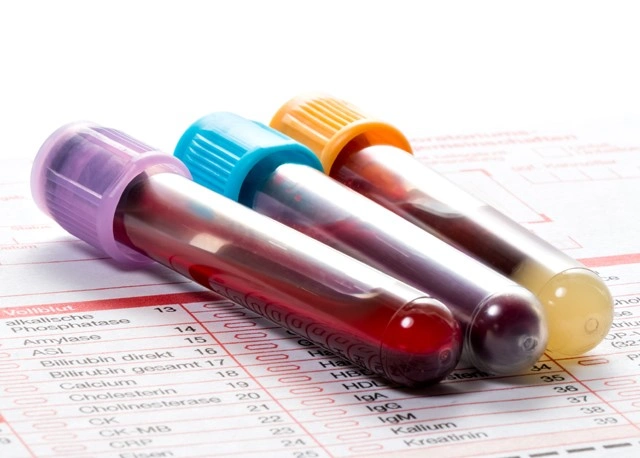
- Deutsch
- English
- 中文


Hemochromatosis is one of the most common genetic disorders in
Northern Europe. Due to a mutation in a specific gene, the body
stores too much iron, which can lead to serious long-term damage.
However, the condition is often underdiagnosed because its symptoms
are very nonspecific—and only a few specialists are familiar with
it.
Dr. Dorothea Schleicher-Brückl is one such expert. She dedicated her
doctoral thesis to the topic of hemochromatosis and has conducted
many years of research on the disease.
In hemochromatosis, too much iron is absorbed from food in the small intestine and transported via the blood to various organs, where it is stored. Normally, the body uses iron to produce hemoglobin (red blood pigment). But excess iron cannot be processed and builds up in tissue—eventually causing serious damage.
One of the main challenges with this disease is that it typically
causes no noticeable symptoms in its early stages, meaning many
affected individuals are unaware they even have it.
Initial symptoms usually appear after age 20, but often not until
between ages 40 and 60. The following symptoms may occur:
Unfortunately, these symptoms are not specific to hemochromatosis and can be caused by many other conditions—making diagnosis difficult.
A modern chromosome test with 90% sensitivity is now available. It can quickly confirm whether the relevant gene mutation is present. If symptoms are present and iron levels are elevated, this test can confirm a diagnosis of hemochromatosis.
For more information, feel free to contact our team at Schleicher & Brückl.
October 21, 2020